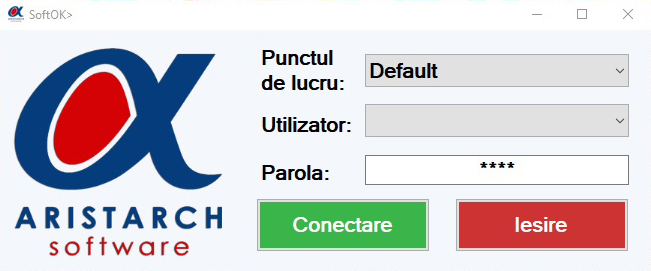

In digital VHF/UHF radio communication, three goups can be differentiated: The block diagram of the DMR digital modulation is shown on the following picture: The received and demodulated signal appears as a digital signal on the output of the demodulator IC, after decompaction and error-correction the VODECODER restores the analog signal (speech), which is then heard in the loudspeaker. On the receiving side, the things turn around.

Then the FM signal is transmitted by some kind of a modulation. One of the most popular, and therefore commonly used error-correcting method is Forward Error Correction (FEC). Generally this is done by the modulator IC. In the same time the error-correcting signals are produced, and packed with the useful signal. This makes the voice a little "digital", but you get soon used to it.

The nature of the compaction is that the less important content (like silence) is cut, and the rest is compressed by using algorythms, where every bit is carrying important information. The analog signal is first compressed by a dynamic compressor, then digitalized by an A/D converter, and finally compacted. In Europe the best known system is TETRA.įor the digital voice communication, the voice first has to be digitalized and compressed. The industrial transceivers started using digital modes rather late, in the 2000's. First the NMT450 mobile phones (which were partially digital, partially analog units), then the GSM phones started using the modes. Overall, the real breakthrough came in the second half of the 1990's, by the penetration of the modulation modes and the special IC's for them. It is interesting, that the digital transmission of voice came rather late. Compared to the bandwidth we are using on the Internet today, this is considered very slow, but at the time, the transmission of large files and videos was not necessary. Meanwhile, AFSK was replaced by FSK, and its numerous variants, which could easily reach the speed of 9600 bps on FM radios. Then all kinds of new digital modes were introduced, such as the Pactor, Amtor, Sitor, and lately the JT6 modes for weak-signal communication, developed by the Nobel Prize winner K1JT. These operated in AFSK mode, at a relatively low, 1200 bps (baud) speeed. Then we already used Bulletin Board Systems (BBS), and could leave messages for fellow amateurs in these systems. This was really the beginning of the digital telecommunication! Almost without a transition, we found ourselves in the PACKET radio era, thanks to the low-cost ZX and C64 machines. With the introduction of the computers, especially when the prices of the ZX Spectrum and the Commodore C64 dropped to an acceptable level (many of us still remember the "shopping tours" on the Mariahilfer Strasse in Vienna), many radio amateurs started using the radio teletype (RTTY) mode. In the beginning, interface was connected between the radio and the mechanical telex machine. The TELEX, which was commonly used in wire telecommunications, has become popular amongst radio amateurs as well. The main aspect is readability, and recognition is less important. Amateurs and professionals were using narrow-band FM, primarily because only human speech is transmitted, which only requires telephone quality. This method was suitable for high fidelity (Hi-Fi) in wide FM, which is still being used in the VHF band broadcasts. Later the frequency modulation (FM) has developed, and it significantly decreased the sensitivity of the received signal to interferences.


 0 kommentar(er)
0 kommentar(er)
